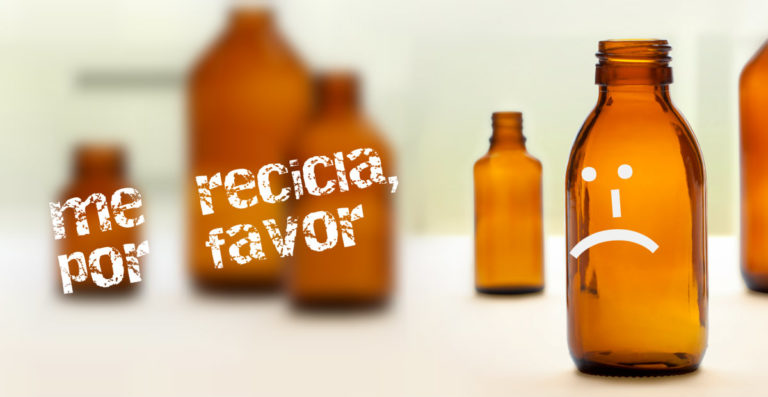Advertisements
Recycling fluorescent lamps is an essential process for reducing the environmental impact caused by these products at the end of their useful life. The term “lamp recycling” refers to the recovery of materials present in lamps and their reinsertion into the industrial life cycle. This practice not only helps to preserve the environment, but also prevents contamination by mercury, a highly toxic heavy metal present in fluorescent lamps. In addition, recycling contributes to the saving of natural resources and energy, which are essential for sustainability.

In Brazil, most people do not have access to adequate disposal options for this type of lamp, which makes raising awareness about lamp recycling even more important. One of the biggest challenges faced in this process is ensuring that mercury is properly removed from recyclable components and that mercury vapors are contained during the recycling process. To this end, portable analyzers monitor the concentration of mercury vapor in the environment, ensuring that the operation is within the occupational exposure limits established by the Occupational Safety and Health Administration (OSHA).
The Fluorescent Lamp Recycling Process
Recycling fluorescent lamps involves several steps that ensure the safe recovery of materials. The most widely used process worldwide can be divided into two main phases: crushing and mercury distillation.
In the crushing phase, used lamps are fed into special processors that break them into small fragments. These fragments are then separated into five distinct classes: aluminum terminals, brass pins, ferrometallic components, glass and mercury-rich phosphorous dust. The resulting glass is cleaned, tested and can be recycled for the manufacture of non-food products, while the aluminum and brass pins are sent to foundries. The phosphorous dust, in turn, is sent to a distillation unit, where the mercury is extracted and recovered.
In the mercury distillation phase, the material collected in the phosphorous dust is heated to the boiling point of mercury, which is vaporized and then condensed in special containers. This recovered mercury can undergo further distillation to remove impurities, ensuring that there are no fugitive emissions during the process that could contaminate the environment.
Challenges in Recycling Fluorescent Lamps
Despite technological advances, lamp recycling still faces several challenges, especially in countries like Brazil, where infrastructure for recycling fluorescent lamps is limited. In places where recyclable waste is segregated, it is crucial to keep mercury-containing products separate from regular trash, as they are classified as hazardous waste if they exceed the regulatory toxicity limit. Segregating this waste facilitates the treatment and recovery of mercury, avoiding the less sustainable option of landfilling or incineration.
Recycling lamps is the best solution to minimize the volume of mercury discharged into the environment. Effective technologies for this purpose already exist, but implementation and access to these technologies are still limited. The lack of awareness and adequate collection and recycling programs results in improper disposal of lamps, increasing the risk of environmental contamination.
The Role of Companies in Recycling Lamps
Companies and industries play a key role in the recycling of fluorescent lamps. The responsibility for recycling and decontaminating the waste generated falls largely on organizations that have well-defined environmental programs. These companies must bear the costs of transportation, packaging, accident insurance and the recycling process itself.
Byproducts resulting from recycling, such as glass, aluminum, brass pins and mercury, have low added value, which makes the process of recycling fluorescent lamps an expensive undertaking. However, investing in fluorescent lamp recycling is essential to protect the environment and public health by reducing contamination by mercury and other toxic materials.
Technological Advances in Lamp Recycling
An example of advanced technology in lamp recycling is that presented by Mercury Recovery Technology (MRT), based in Karlskrona, Sweden. MRT has developed a processor that works dry, in a closed system and under negative pressure (vacuum), which prevents the release of mercury into the external environment. This cutting-edge technology allows for the safe and efficient recycling of fluorescent lamps, minimizing the risk of contamination and maximizing material recovery.
The implementation of technologies such as MRT’s is crucial to advancing lamp recycling in Brazil and elsewhere in the world. These innovations can help overcome current challenges and make fluorescent lamp recycling more accessible and effective, benefiting both the environment and society as a whole.
Conclusion: The Importance of Recycling Light Bulbs for a Sustainable Future
Recycling fluorescent lamps is an essential practice for protecting the environment and preserving natural resources. Although it faces significant challenges, especially in terms of cost and infrastructure, the benefits outweigh the difficulties. Recovering mercury and other valuable materials helps reduce environmental pollution and promotes sustainability.
Raising awareness about the importance of recycling light bulbs and implementing advanced technologies are key to a more sustainable future. Businesses and industries have a crucial role to play in this process, but a collective effort is needed that includes governments, organizations and society in general. By promoting the recycling of fluorescent lamps and adopting more sustainable practices, we can contribute to preserving the environment and building a safer and healthier future for everyone.
Check out other interesting facts about recycling clicking here.
Learn how to make art by recycling, Click here.



